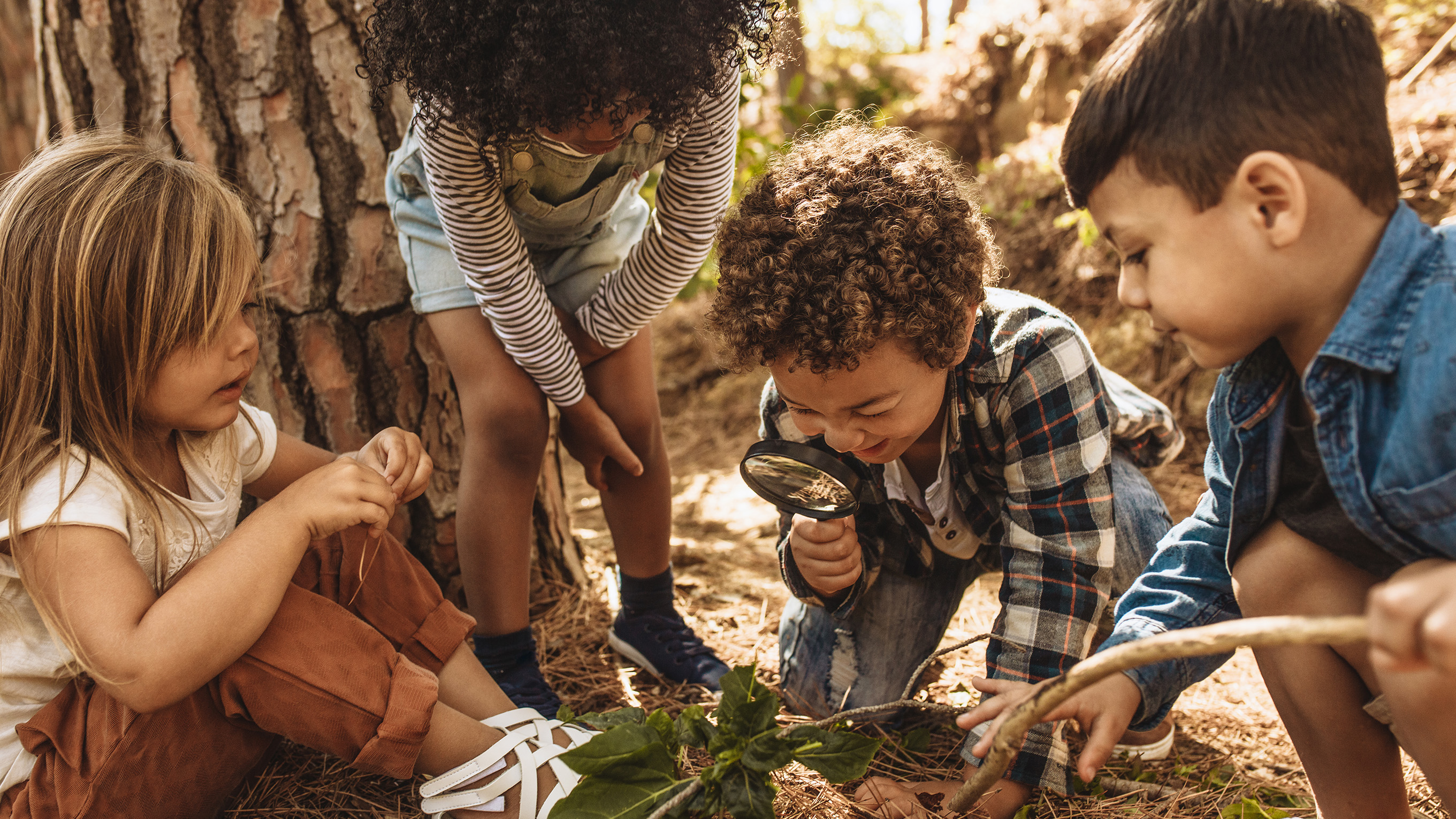Movement Matters looks at the vital role movement plays in young children’s health, learning, and development, and provides recommendations that will support educators, leaders, and families to embed movement at the heart of early childhood.
The guidance, developed by NEYASP partners, is available on the Early Movers website, a collaborative venture between Loughborough University, the National Centre for Sport and Exercise Medicine (NCSEM), and Loughborough University Nursery, which is dedicated to promoting physical development in children under five. Earlier this year, Early Movers /Loughborough University partnered with NEYASP to create a digital home for their mission.
Dr Janine Coates, a Reader in Equity and Inclusion in Physical Activity and Sport at Loughborough, and vice-chair of the National Early Years Active Start partnership, sat down with us to discuss the importance of movement in the first five years of a child’s life, the positive role that adults can play, and the benefits that both risky, and sometimes muddy, play can have.
Physical activity in early childhood
Discussing the important role that both parents and childcare settings play in children’s development, Dr Coates commented:
“We recently did a review which included 112 international studies relating to children's physical development through activity and play in the early years. This showed us that children can spend up to 70% of their time in childcare not moving. Children spend much of their time in childcare, so practitioners influence activity levels.
“Our review shows many opportunities that increase movement and play, especially outdoor play. Natural elements like trees or inclines support more movement. Portable play equipment such as balls, hula hoops, scarves and beanbags also help. Large indoor spaces increase active play. Early educators need to think about the space and opportunities they provide for children to move.
“Parents also have an important role in offering movement opportunities outside of childcare. Both groups need to work together to help children meet physical activity guidelines.”
Setting a good example
Dr Coates discussed how as adults our own movement and activity plays an important influence.
“One of our recommendations is that adults play an active role by showing children that they also enjoy being active. Children respond when they see adults being active and enjoying movement. Early years educators and parents should play together with children more, both outside and indoors. This motivates children to be active.”
Getting children moving more
Explaining the ways we can get children moving more, Dr Coates comments on the need to focus on variety, allowing risky play, and the simple solution of building movement into our daily routines.
“Children move more when they enjoy the activity and the space. Boredom can contribute to sedentary behaviour so offering a range of different opportunities and changing things up can help. Offering varied movement opportunities supports new skills and increases their motivation to be active.
“Research over the last 20 years has shown a decline in adventurous play, especially outdoors. Also known as risky play, this includes climbing trees, using tall slides, and travelling at speed on scooters. These activities support development even if they feel worrying for adults. The evidence shows wide benefits when children explore and challenge themselves safely. Adults should support this in a controlled way.
“Physical activity can be spread out over a day through a whole range of different activities, such as commuting, or walking to the park or a childcare setting. It can also be incorporated into other learning opportunities such as dance and music.”
Getting outside, whatever the weather
To date, November 2025, has been a wet and windy month. Many families will choose to stay inside, out of the rain, which can limit opportunities for movement. Dr Coates comments on the importance of getting kids outside and moving, even when the weather is bad.
“Children often don't care about the rain. They are happy being out in all weathers. Outdoor play in varied weather offers different movement and play opportunities.
“As adults we need to get over our own dislike of bad weather, chuck on some wellies and a coat and join our children jumping in puddles.”
ENDS
For further comments or an interview with Dr Janine Coates, please email the PR team or call on 01509 222224.
